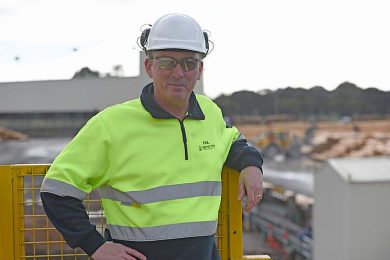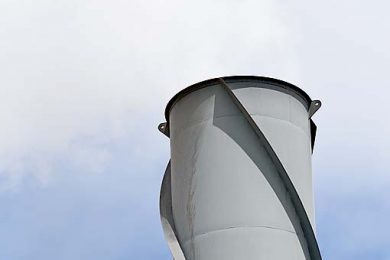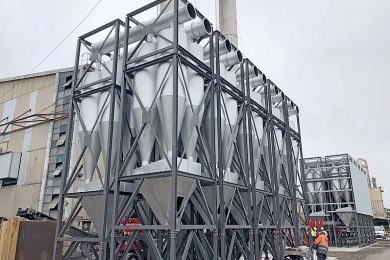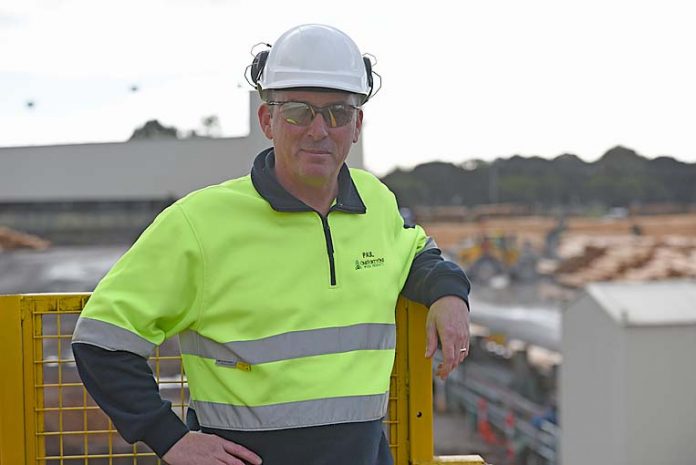
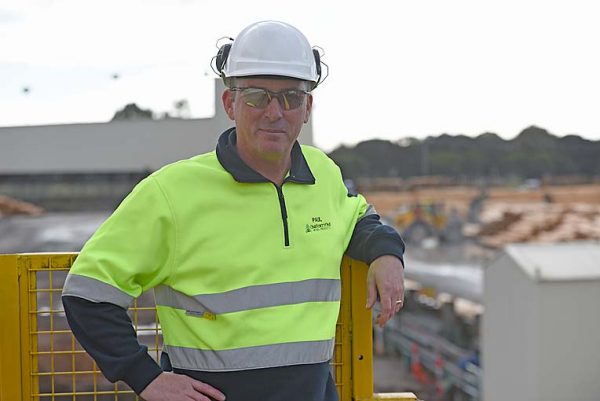
A NATIONAL pollution snapshot has revealed a number of timber processing operations are emitting pollutants into Mount Gambier’s air with OneFortyOne Plantations’ Jubilee sawmill site the largest contributor.
Figures released in The Dirty Truth report show these pollutants include particulate matter, oxides of nitrogen, sulphur dioxide and small traces of mercury and compounds.
The largest contributors to air pollution from within the city’s timber processing sector were the OneFortyOne (OFO) Jubilee sawmill site (67pc) and the Borg Manufacturing Lakeside site (22pc), which were both previously owned by Carter Holt Harvey.
“Significant” contributors to air pollution in Mount Gambier are slow combustion wood heaters, timber processing mills and vehicle traffic.
But OFO Wood Products Jubilee site sawmill general manager Paul Hartung said the company was pouring significant capital into ensuring air pollution compliance.
“OFO welcomes the report from the Australian Conservation Foundation and agrees air quality is something we all need to ensure continues to improve,” Mr Hartung said.
Since taking over the Jubilee mill in January this year, he said OFO had been working with the state’s Environment Protection Authority (EPA) and monitoring air quality at the facility.
In consultation with the EPA, OFO has invested $4m in a capital improvement project designed to ensure ongoing compliance with quality requirements.
“This was one of the first things we focused on once we assumed ownership of the mill and the first investment to be conducted at Jubilee Highway,” Mr Hartung said.
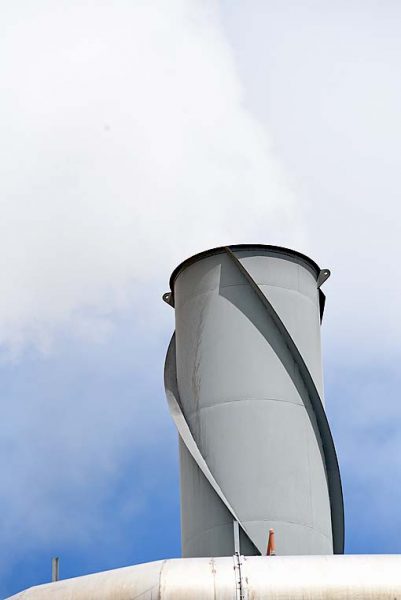
“We are only one of a dozen mills in the region.”
Meanwhile, a spokesperson from the EPA welcomed the investment by OFO and revealed the regulator was working closely with all companies to control emissions.
“All the companies listed (in the national pollution inventory) have EPA licence conditions relating to controlling and reducing emissions and maintenance of equipment that controls emissions,” an EPA spokesperson said.
“Some are required under their licence conditions to undertake regular monitoring of air emissions and report this to the EPA.”
The spokesperson said total emissions alone, contained in The Dirty Truth report, were not necessarily cause for alarm.
“The Dirty Truth report uses data from the National Pollutant Inventory (NPI), a public internet database of air, land and water emissions of 93 toxic substances,” the spokesperson said.
“It is important to note total emissions alone, as set out in The Dirty Truth report, do not necessarily represent a community’s exposure or the harm to an individual.”
The regulator said any determination of harm must take into account a range of factors, including the relative toxicity of the pollutant, local weather conditions, the receiving environment – for example, a stack is designed to disperse pollution away from local residents – and how close the emission source was to people.
“The South Australian State of the Environment Report 2018, released recently, states air quality in South Australia is generally good and generally improving,” the spokesperson said.
“However, because good quality air is so important for health and wellbeing, it is important to control sources of pollution that reduce air quality.”
According to the EPA, all but one of the timber mills in the South East were compliant with the South Australian Environment Protection (Air Quality) Policy 2016.
“This means the concentrations of pollutants at ground level meet acceptable standards,” the spokesperson said.
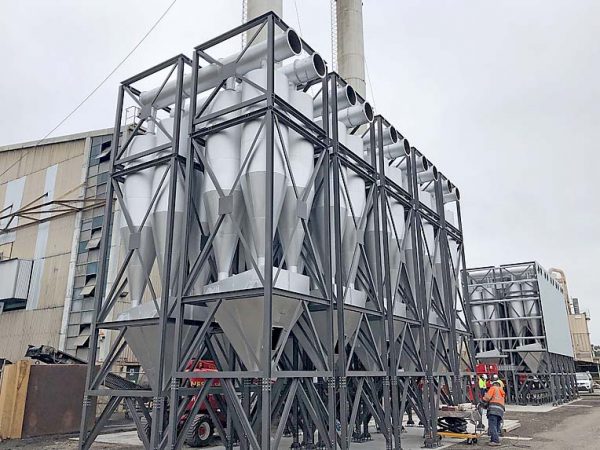
“OneFortyOne Wood Products is investing in significant infrastructure and equipment in air quality control, to be installed over the Christmas period in 2018, to meet the air quality policy.”
Meanwhile, this policy also requires the sale or installation only of wood heaters meeting the national standard and commercially sold firewood to meet moisture limits.
“Over time this will reduce pollution from wood heater smoke,” the spokesperson said.
“The EPA will continue to oversee the work by industry across the state to ensure operators are not just meeting minimum standards, but are doing everything reasonable and practicable to reduce their emissions.”
The spokesperson said the “most significant” sources of air pollution in the South East were domestic wood heaters, timber vehicles and vehicle traffic.
“Pollutants emitted to air in the region include small particles and nitrogen dioxide from combustion processes,” the EPA said.
“During cooler weather, domestic wood heaters can be a more significant source of air pollution than industry in the South East.
“Choosing alternative heating methods can have the biggest impact on reducing emissions, but for those with combustion heaters it is important to use dry firewood and keep flues open to reduce smoke.”
The Dirty Truth – released by The Australian Conservation Foundation – mapped Australia’s pollution by postcode.
Based on industry-reported emissions data in the National Pollutant Inventory, the report reveals air pollution in Australia is “both a class and climate issue” with 90pc of polluting facilities in low to middle income suburbs.
Four sites in Mount Gambier are registered with the Federal Government’s National Pollution Inventory within the 5290 postcode.
These are OFO Jubilee Sawmill, Borg Manufacturing’s White Avenue and Lakeside facilities, as well as the Whiteheads Timber Sales sawmilling site.

